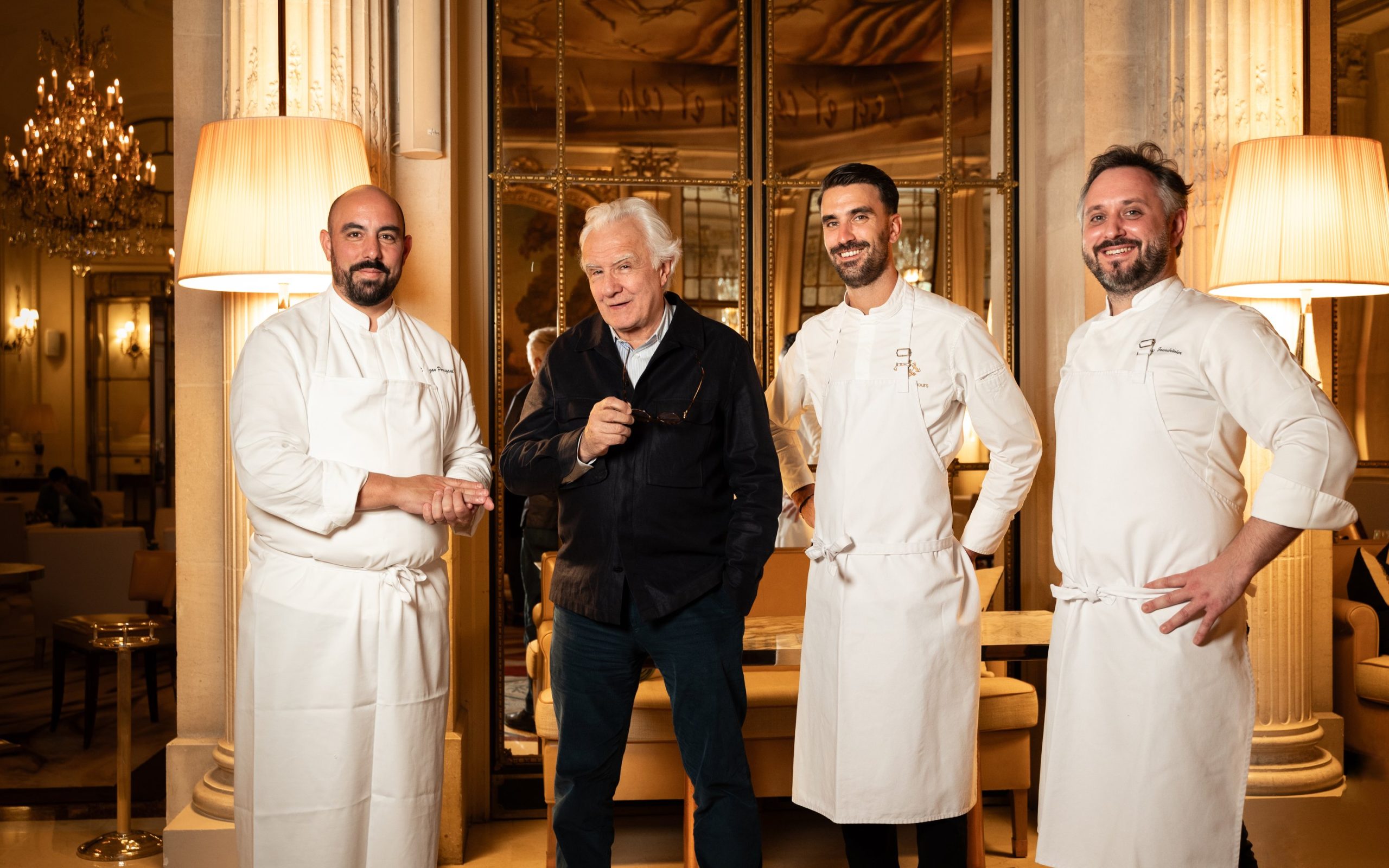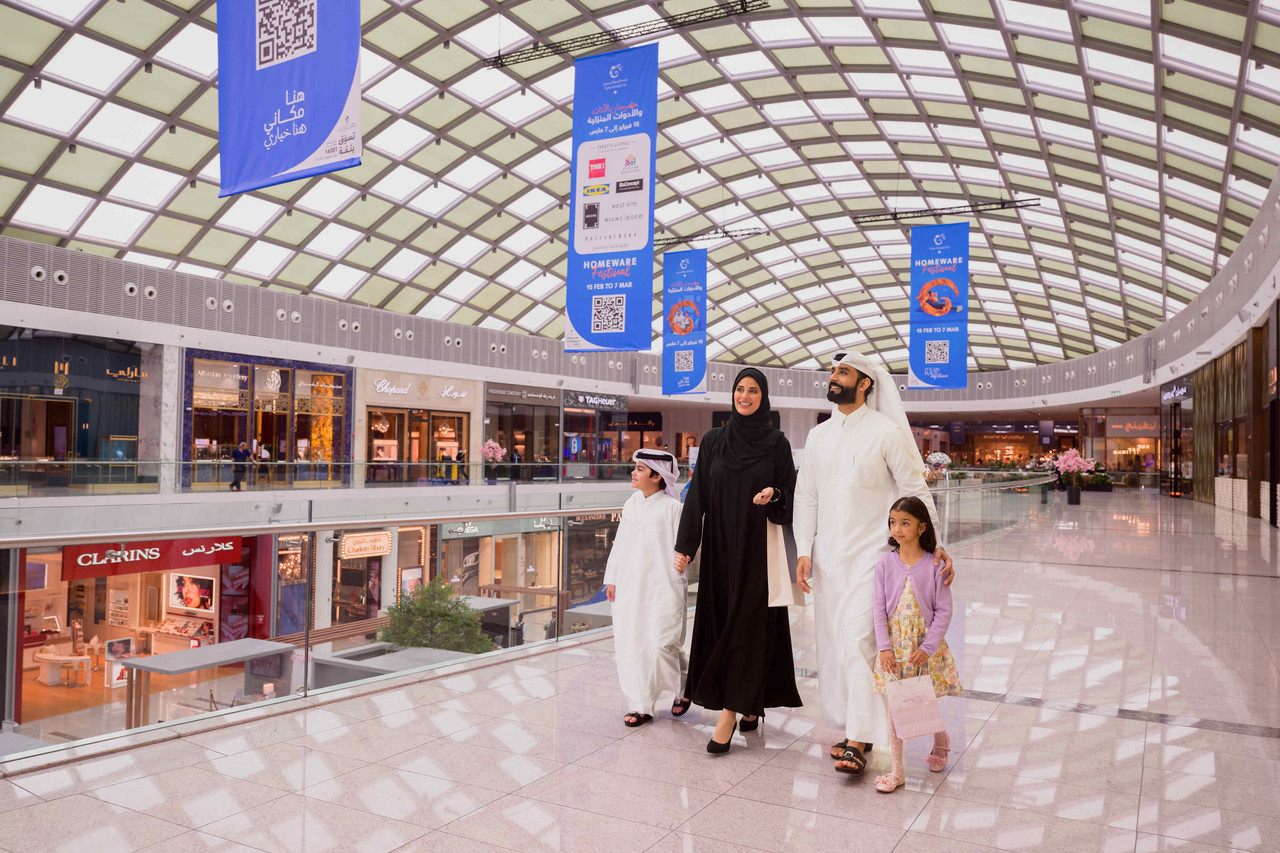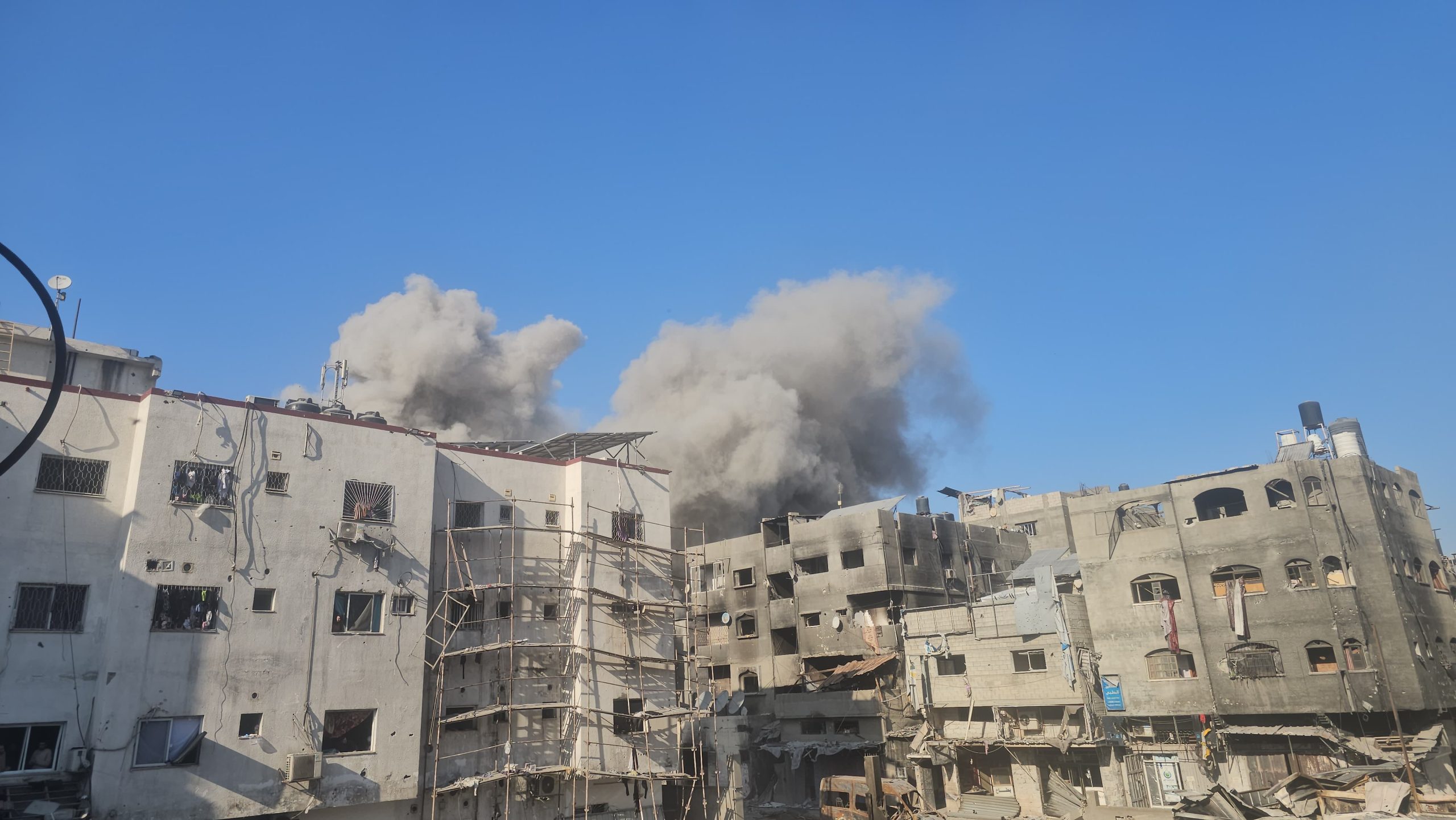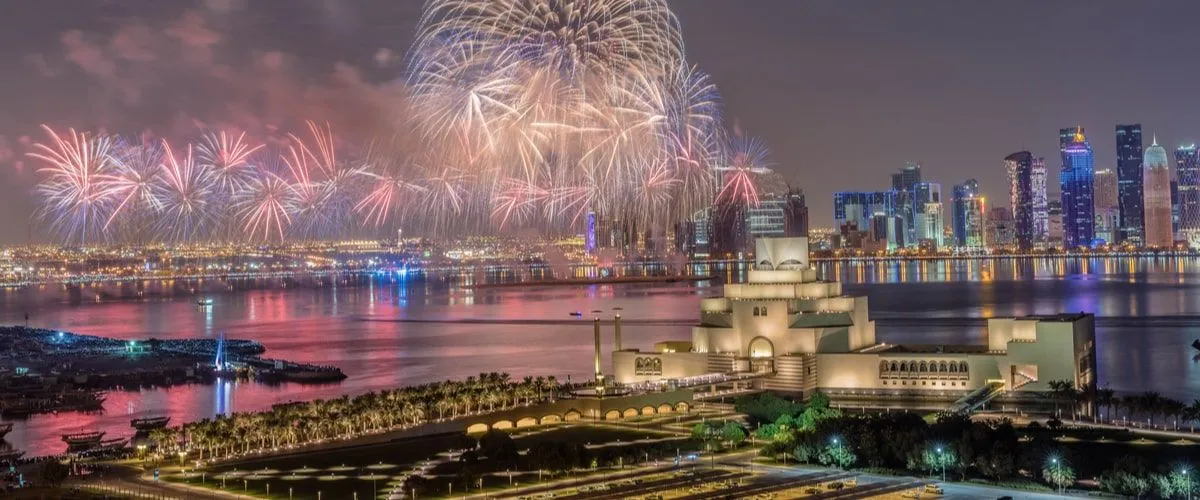As Qatar celebrates Eid Al Fitr, we travel back in time to get a glimpse of how people in the Gulf state used to mark the Muslim holiday in previous decades.
It is Eid Al Fitr once again and you may now be hearing the popular Qatari hit ‘Yal Aydo’ playing on repeat all over Qatar’s local television channels, a song used by broadcasters for decades to mark the festive occasion.
The long-anticipated celebrations have developed throughout the years as changes in children’s interests and the introduction of new places in the country unravel, including shopping malls and restaurants.
While some traditions remain, such as family visits and giving money [Eidiya] to children, others have slightly changed.
Doha News takes a look at snippets from the past, which offer a look into simpler times where Eid celebrations were a little different to what we’re used to now.
1970’s-1980’s
In the 1970’s and 1980’s, Eid celebrations were a lot more simple and uninterrupted by the fear of a global health crisis.
Typically on the morning of Eid, hours after the crack of dawn, Muslims would go to their nearest mosques to perform the Eid prayers in large outdoor gatherings.

[Twitter / atiqasoliti]
Once the sermon is done, Muslims turned to one another, shook hands and congratulated each other on the occasion of Eid. Qatari men dressed in their bishts [traditional cloak] and their newest white thobes. Children also came all dressed up in their Eid outfits.

Apart from hours-long family gatherings, Qatari men of different tribal groups would unite to perform the traditional sword dance [known as “Al Arda”] and the sounds of their cultural chants would be heard in every neighbourhood.

Source: Old Qatar
Some even watched the Al Arda from afar.


Eid was an ideal holiday for children who would await in excitement to gather with their friends and play traditional games, such as “teela” [marble balls].


[Twitter / atiqasoliti]


[Twitter / atiqasoliti]




[Twitter / atiqasoliti]
1990’s-2000’s
The 90’s and 2000’s were the years where entertainment during Eid witnessed a slight shift, with more destinations introduced to families and children.
Among the key establishments was Doha Toys town, best known as “Sana Games” the country’s first ever indoors amusement park, established by Palestinian businessman Samir Deeb Issa.


One of the most rewarding moments was finally being able to spend the tickets collected throughout the day. From the rotating fishing toy to small stamps, the gifts children gained at the time were more meaningful.

Staycations were also fairly new in the 90’s. For only QR 900, families were able to spend three nights at the Sheraton Hotel as part of Eid promotions.

Another key establishment was the famous amusement park “Aladdin Kingdom” [Mamlakat Aladdin], a place that was inaugurated in 1994. The theme park was located where Katara Cultural Village now stands.




Unfortunately it was shut down for reasons that were not disclosed to the public, but there are now plans to revive it. Many people who grew up in Doha has since welcomed the news with great joy and excitement.
As malls became more popular, children enjoyed an ice skating experience at City Center’s Winter Wonderland, which has now temporarily shifted into a golf course.
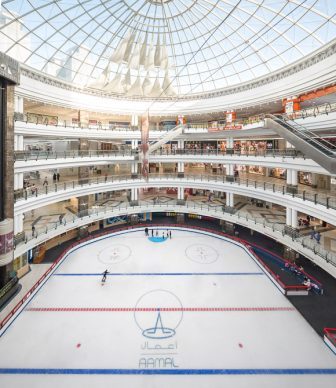
From 2010 up until now, there have been major changes to entertainment for children, with some preferring to sit with their friends while gazing at an electronic device of some sort, ditching Barbie dolls for the latest toys, or going out to malls and playing more advanced games at indoors amusement parks.
Despite the changes, the core decades-old traditions of Eid remain until this day: Eid prayers in at the crack of dawn, breakfast with family and dressing up and spending the entire day with loved ones.
As we mark this year’s Eid amid a global health crisis, we may see even more changes to how we celebrate, but this doesn’t mean it will be any less exciting, cosy and full of love.
What was your earliest Eid memory in Qatar?
Follow Doha News on Twitter, Instagram, Facebook and Youtube


